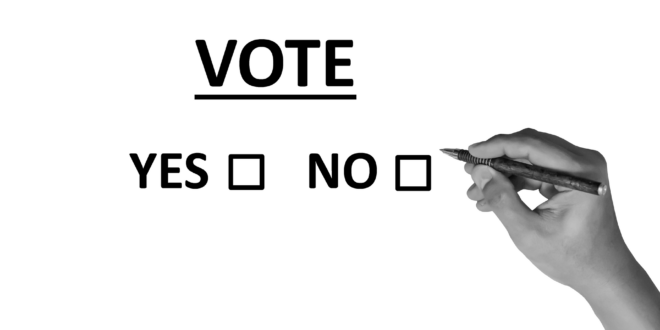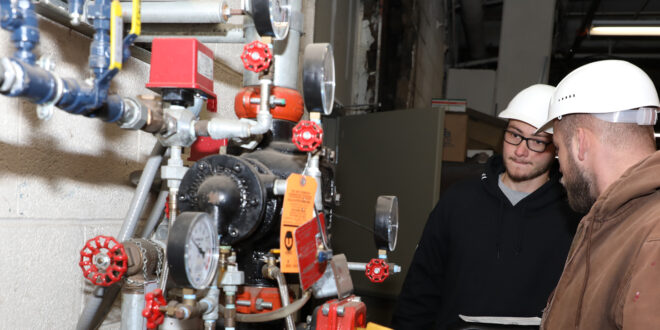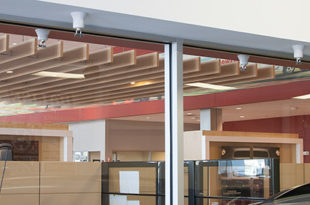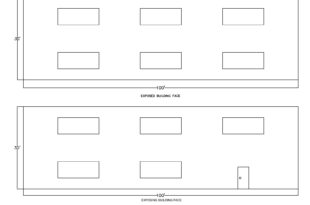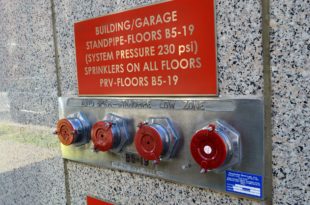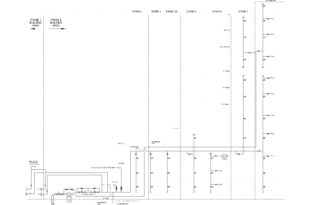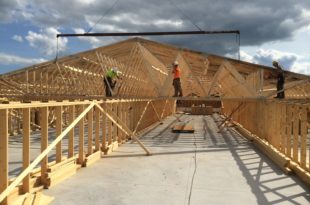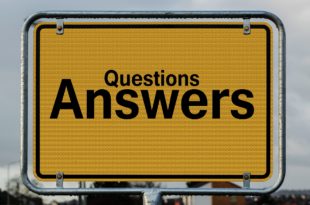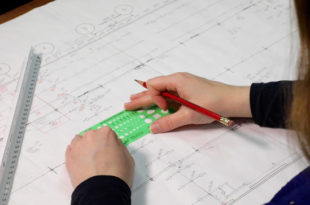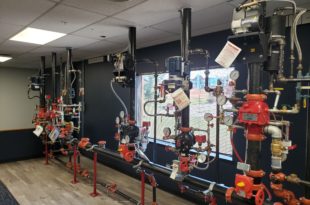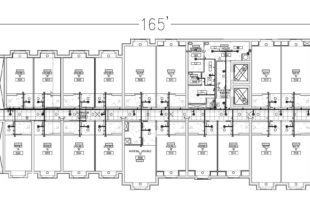Application and Pitfalls When reviewing a set of contract documents, I often find myself gravitating to the life-safety drawings. These drawings spell out several items which help me in evaluating the overall sprinkler needs for a project. Among the most common items identified are the location and rating of the …
Read More »Exposure Protection
What is it? Exposure protection refers to the protecting of a structure from a nearby fire. This can be in the form of radiation from a nearby fire, exposure to flames from a jetting fire, from a burning building or roof at a lower elevation than the exposed building, or …
Read More »Standpipes: Protecting Horizontal Pipe
What are Laterals? One of the aspects of NFPA 14, Standard for the Installation of Standpipe and Hose Systems, that has been regularly edited over the last several cycles of the standard is the protection of piping against fire damage. This article will look at these changes with a particular …
Read More »High-Rise Standpipe Design
A Case History In my previous standpipe article (see the July/August 2016 issue of Sprinkler Age), I discussed the following issues in standpipe system design:1. When are standpipes required and what are the installation requirements?2. What type of standpipe system is required?3. Where are the required hose outlets located?4. What …
Read More »Stuck on Standpipes?
Informal Interpretations Help Members The informal interpretations featured in this issue of Sprinkler Age address standpipe issues. AFSA’s informal interpretations are provided to AFSA members by Senior Vice President of Engineering & Technical Services Roland Huggins, PE; Senior Fire Protection Engineer Russ Bainbridge, PE; and Technical Programs Specialist Tom Noble, …
Read More »Low Flow Attic System Design
A New Scope for Roofs with Slope Combustible concealed attics have always been a difficult area for the fire sprinkler industry to adequately protect. Adding to this difficulty is the public perception of failure by automatic fire sprinkler systems when a fire burns unchecked through an NFPA 13R, Standard for …
Read More »NFPA 13, 2019 Edition Quiz Answers
Answers and Explanations Here are the answers, with explanations, for the NFPA 13, Standard for the Installation of Sprinkler Systems, 2019 edition quiz that can be found on page 53 of this issue. 1. ESFR sprinklers have a minimum K-factor of ______. c. K-14.0. Although ESFR sprinklers are allowed …
Read More »Fire Sprinkler Design
What’s the Building Owner Got to Do with It? So, there I was opening up a set of construction documents to begin a new fire sprinkler design for a new building being built. Knowing the area, I quickly identified the location and the associated jurisdiction I would be dealing with. …
Read More »Selecting Air Compressors
What You Need to Know Fire protection air compressors are not often looked at closely by designers and installers, but when the wrong type of compressor is used the facility manager gets very familiar with them. A little work and a little education on the front end of an installation …
Read More »CPVC Design Considerations
Have You Accounted for Thermal Expansion? Plastic piping systems are very popular and have undoubtedly been a major factor in the economical installation of sprinkler systems. A common misconception in our industry may be that any system designer who can design a traditional steel-pipe fire system can also design a …
Read More » Sprinkler Age A Publication of the American Fire Sprinkler Association
Sprinkler Age A Publication of the American Fire Sprinkler Association
